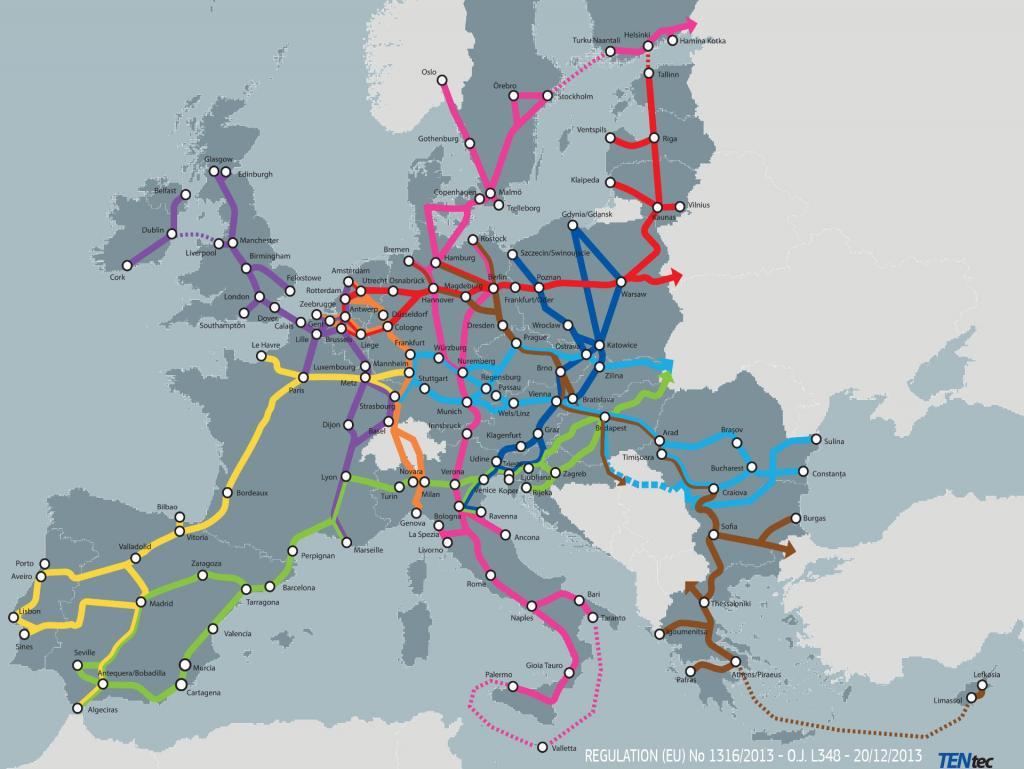ERRIN: Strengthen Urban Nodes in New TEN-T Guidelines
ERRIN (European Regions Research and Innovations Network) has published a response to the revised TEN-T guidelines.
ERRIN welcomes the revision of the TEN-T guidelines launched by the European Commission and recognises the role of the TEN-T guidelines in improving European transport policy by creating the concept of urban nodes, which did not exist prior to this.
Over the years, the TEN-T regulation has been instrumental in transforming the existing patchwork of EU transport modes into a more integrated network encompassing all Member States, regions, and cities. The current guidelines recognise and formalise the role of urban nodes in these transport networks as important hubs that facilitate the flow of people and goods. However, transport has become a major contributor to climate change. Unless action is taken, transport risks becoming an even larger source of GHG emissions, jeopardising the EU’s ability to meet its overall emission reduction goals and the objectives set out in the Green Deal.
ERRIN has set out a series of recommendations for the revised TEN-T guidelines, including:
Giving urban nodes the same importance as other priorities in the TEN-T guidelines
This would ensure that they meet current and future challenges while providing smart, efficient, and sustainable transport. Several of the EU’s overarching policy objectives – the Green Deal, digitalisation, and the recovery response to the COVID pandemic – cannot be achieved without a stronger integration of urban nodes and ITS in European transport policy.
Expanding the definition of urban nodes and introducing specific criteria
To accelerate the transformations needed in the transport system to meet the 2030 and 2050 objectives of TEN-T policy, the definition of urban nodes should be expanded, and a new set of selection criteria needs to be implemented.
Strengthen innovation in urban nodes to achieve a more seamless, sustainable, and efficient TEN-T
network
Innovation has a crucial role to play in making mobility in the TEN-T network more seamless, sustainable, efficient, and fit for the future. Some innovation nodes for clusters working on the newest sustainable, clean, autonomous, and connected mobility solutions of EU added value could be introduced as a new element of the TEN-T guidelines.
Better coordination between European Commission initiatives
The new TEN-T guidelines should help achieve the ambitious goals set out by these various initiatives and communications, including the 2011 White Paper on transport, the Urban Mobility Package, the Low Emission Strategies, the A Clean Planet for All and Europe on the Move strategies, the European Green Deal, etc.
POLIS is pleased to endorse the response from ERRIN.
You can read the full response here.
